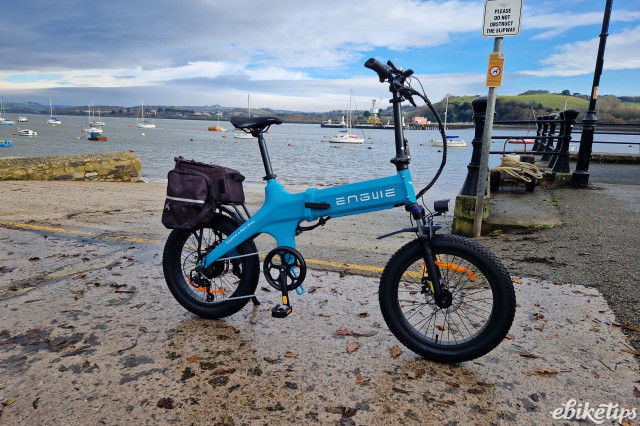A recent Bosch press release has announced, "An unprecedented ecosystem of 19 leading innovators in the automotive, bicycle and technology sectors have joined forces to work towards advancing and deploying connected transportation solutions to help reduce the risks facing cyclists and e-bike riders on North American roads."
Founding members of the Coalition for Cyclist Safety include Bosch eBike Systems, Gazelle, Shimano, Trek, BMC, Audi, Qualcomm and Deutsche Telekom. They are concentrating on plotting out the future development of so-called V2X (Vehicle to Everything) technologies that allow wireless communication between different road vehicles - or indeed any suitably equipped object outside of the vehicle itself.
This North American initiative mirrors technological developments that have been taking place in Europe for some years now (indeed such technologies have been talked about since the 1970s).
How would the current iteration work on an e-bike? Bosch say, "In addition to physical infrastructure to further enable safer cycling, timely safety alerts – powered by connected, V2X technologies – may help to reduce crashes by ensuring that bicycles 'digitally' see cars and cars see bicycles."
In other words, think of warnings on a radar style screen (on an e-bike or in a car), showing vehicles approaching you from whatever angle - even when you can't directly see them.
Whilst the Coalition appears to be a US-based initiative, it's estimated around one million cars on European roads already have V2X technology and it seems the automotive industry plans to grow that figure significantly in coming years - as do some bike and e-bike manufacturers, with Canyon saying it will aim to have V2X available by 2026.
Still, the slow pace of progress is emphasised by the fact that the first bicycle detection system (not as complex as V2X) was introduced back in 2018 and even that hasn't attained widespread adoption in the motor industry.
Whilst V2X tech might seem a good fit for high end e-bikes - especially those with rapidly developing communication systems like Bosch's Smart System - it's clear there is still a long way to go in its development and it's far from certain it will actually make it onto the streets of tomorrow.
Is it simply too complex to succeed? And who will it benefit?
V2X sounds complex and expensive when you realise it relies on not just connecting millions of vehicles but also street junctions and other road transport infrastructure - think pedestrian crossings, school buses, school zones and smartphones.
Although not as complex a technology, V2X could easily run into the same real world issues as autonomous vehicle (AVs) trials have. As Reuters points out, "Making robot cars that can drive more safely than people is immensely tough because self-driving software systems simply lack humans' ability to predict and assess risk quickly, especially when encountering unexpected incidents."
Of course the 'machine learning' of AI could give these efforts a fresh impetus. Indeed a company called Boreal Bikes appears to be boasting of their AI equipped e-bike with such features as 360-degree LIDAR scanners and 'intelligent vibrating grips'.
Those in authority certainly see future benefits from the V2X system - for example the US's National Highway Traffic Safety Administration estimates a minimum of 13% reduction in traffic accidents if a V2X system were implemented, resulting in 439,000 fewer crashes per year.
However, it seems, like AVs, V2X is one of those technologies that has been talked about for many years while real world progress in the rollout of the technology has been somewhere between slow and non-existent. And even if and when it does begin to roll out on a wider scale, if it is not compulsory then it could easily only benefit vehicles that have it and may even put those that don't at a disadvantage.
Of course there are many who would argue that there are far simpler and more cost-effective solutions already out there, including greater provision of high quality, segregated cycle lanes and more rigorous enforcement of road traffic law - our sister site road.cc has already looked at these arguments in more detail.
If technology really needs to be pressed into service to address safety concerns, there is also an argument that an existing technology already trialled in the real world is also a better accident-preventing option than V2X.
That technology is ISA - Intelligent Speed Assist - and it is already here and has been mandated on new cars since 2022. Speed is a contributory factor in around a third of fatal road accidents according to Brake.
One seemingly bizarre omission is that the system - as it stands - can be overridden by the vehicle driver pressing the accelerator pedal down further, ignoring the beeps and flashing lights coming from the dashboard. Surely compulsory (non-overrideable) ISA would be an easy win for all road users including e-bikers.











